Findings reveal the complex nonlinear and asymmetrical effects of major climate change events and economic development on the catches, with varying degrees of influence
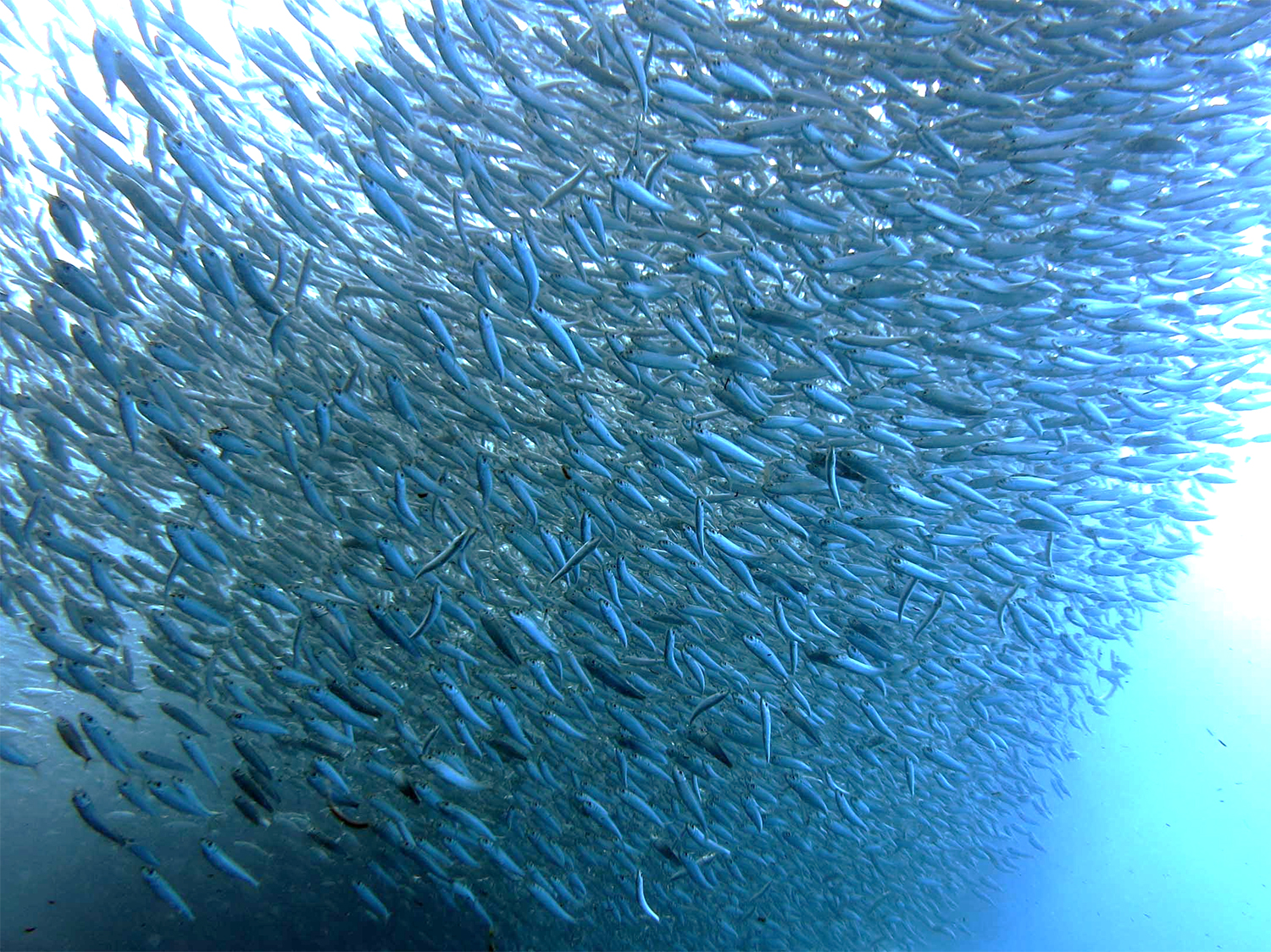
Marine capture fisheries are indispensable to the livelihoods of hundreds of millions of fishers and the nutrition of billions of people, playing an essential role in global socio-economic development and food security. More than 3 billion people in the world get at least 20 percent of their daily animal protein from fish, with some countries consuming 50 percent or more. The annual global commercial catch is approximately 80 million tons, with one-third used for fishmeal and fish oil production, and about 75 percent of the fishmeal is derived from small pelagic fish. Small pelagic fisheries represent the largest segment of global commercial catches, accounting for 30 percent of the total catch.
Typical small pelagic fishes – such as anchovies, sardines, and herrings – are rich in protein, lipids, minerals, and vitamins. Besides being consumed by humans, they are a crucial source of animal food production systems, including animal feed, fish oil and pet food. The rapidly growing aquaculture industry has increased the fishing pressure on small pelagic fish. Small pelagic fisheries directly or indirectly provide employment for millions of fishers, workers and related service industries. Although often considered as low-value commodities, small pelagic fisheries contribute increasingly to regional food security and employment in some developing countries, generating significant foreign exchange earnings.
Climate events experienced by small pelagic fishes at different life stages have impacts throughout the life cycle. Furthermore, the delayed responses of their food resources and predators contribute to the lagged effects of life history disruptive effects like El Niño-Southern Oscillation (ENSO) and Atlantic Multidecadal Oscillation (AMO). Understanding the impact of climate change and economic development on small pelagic fisheries is crucial for promoting sustainable management of these fisheries.
Small pelagic fish production is highly sensitive to climate change, and through scientifically managing fishery resources and reducing overfishing, the sustainable utilization of these resources can be ensured. However, existing research mostly focuses on the impact of climate change on small pelagic fishes in specific regions or explores ecosystem-based fishery management practices. There is a significant gap in understanding the combined effects and contribution ratio of climate change and economic development on global small pelagic fisheries.
This article, summarized from the original publication, reports on a study that addressed the following key questions: 1) To what extent are the fluctuations of ENSO and AMO and their lagging stages synchronized with catches of different small pelagic fisheries? (2) How do climate change and economic development differentially affect the catches of various small pelagic fisheries? (3) What are the relative contributions of climate phenomena such as ENSO and AMO compared to economic factors in determining small pelagic fishery catch levels?
This study is based on a long-term time series of catch data for 11 small pelagic fish species from 1963 to 2021, employs various machine learning methods and generalized additive models (GAMs). The fishery catch data used in this study were sourced from FAO Fishery Catch Database for 11 small pelagic fish species, resulting in a long-term time series dataset spanning 59 years from 1963 to 2021. The small pelagic fish species (and their corresponding FAO 3-alpha codes) are as follows: Peruvian anchovy (VET), Chilean jack mackerel (CJM), Indian oil sardine (IOS), South African anchovy (ANC), Pacific saury (SAP), Arctic capelin (CAP), European anchovy (ANE), European pilchard (PIL), Atlantic herring (HER), Atlantic mackerel (MHA) and Gulf menhaden (MHG). The ENSO and AMO climate indices used in this study were obtained from NOAA.
For detailed information on the data and analyses used in this study, refer to the original publication.
Fisheries economic performance is ultimately limited by primary production
The dominant driving role of economic development on small pelagic fisheries
Small pelagic fisheries are vital to global socio-economic development, supporting millions of livelihoods through an industry chain that spans from fishing and processing to sales. However, demand expansion and overfishing have led to interdecadal fluctuations in catches, with some fisheries experiencing collapses. This study highlights that economic factors are key drivers of these fluctuations, influencing fishing intensity, resource management and long-term sustainability. For example, the Peruvian anchovy fishery peaked at over 12 million tons in 1970 before collapsing due to overfishing. Recovery efforts during the 1980s and 1990s remained limited, stabilizing only after the implementation of the Maximum Catch Limit per Vessel Law in 2008. Our findings align with Iwamoto and Pauly, who noted similar patterns in the fishery, but with a clearer focus on the role of economic factors as key drivers.
Catches of most small pelagic species declined after the 1980s, coinciding with the implementation of sustainable fisheries management policies by the United Nations. This period marked the beginning of increased awareness about the need for balancing resource utilization with conservation. While advancements in fishing technology and modernized equipment improved fishing efficiency, the expansion of fishing activities driven by heightened market demand and international trade contributed to increased fishing pressure. The result was a growing threat to the resilience and regenerative capacity of marine ecosystems, pushing fishery resources closer to collapse. These findings highlight that effective fishery management measures can help balance fishing pressure with resource conservation.
Our analysis shows that stricter catch quotas and the establishment of marine protected areas can mitigate overfishing risks. While these measures may limit short-term profits, they are essential for maintaining fishery stocks and ensuring long-term resource availability. We recommend that regional governments implement comprehensive monitoring systems to track fishery resource changes. These systems should be based on scientific research and data-driven assessments to allow for timely adjustments to catch quotas.
Additionally, seasonal fishing bans, aligned with the reproductive and growth cycles of species, could help reduce pressure on fish populations during critical periods. Incorporating innovation into sustainable fishing technologies, such as the development of eco-friendly fishing gear, is also crucial. Encouraging fishers to adopt alternative livelihoods can reduce over-reliance on fishing, thus supporting community resilience.

Effects of ENSO on small pelagic fisheries
Our analysis showed that, while ENSO significantly impacts global fishery resources, its influence is more pronounced in fisheries systems located near the equator and in the Southern Hemisphere. Our study reveals that El Niño events suppress the catches of most small pelagic species, while La Niña events generally have positive effects, except for species like Chilean jack mackerel and Atlantic herring. The transition to neutral conditions often coincides with recovery and peak catches for these species, illustrating the variable impacts of ENSO phases across different fisheries.
Strong La Niña events disrupt fish reproduction by displacing fish eggs from habitats and damaging juvenile fish, reducing survival rates. Similarly, while nutrient-rich upwelling zones during La Niña support fish survival, they also increase the risk of eutrophication. El Niño events reduce the equatorial undercurrent, disrupting fish migration patterns, leading to changes in fishing areas and times, and ultimately affecting the efficiency of fishing operations. These changes are driven by reduced nutrient supply, warmer sea surface temperature, and altered rainfall and storm patterns, which collectively impact primary productivity and fishery yields. Species-specific responses further illustrate the diverse impacts. For example, Peruvian anchovy populations decline significantly during El Niño due to reduced upwelling and lower ocean productivity, which affect survival across life stages. Similarly, Indian oil sardine experience disrupted reproductive behavior and reduced metabolic efficiency during El Niño due to weakened upwelling.
Additionally, ENSO impacts regional marine ecosystems through changes in ocean-atmosphere circulation patterns such as the Walker and Hadley circulations. For example, in the Gulf of California, El Niño reduces winter upwelling and chlorophyll concentrations, diminishing productivity in dependent fisheries. However, in some cases, increased storm activity during El Niño enhances productivity through deep-water mixing, boosting phytoplankton concentrations in regions like the Gulf of Mexico. Gulf menhaden benefit from El Niño events, as warmer temperature and reduced predator populations support their growth, while nutrient-rich runoff from the Mississippi River ensures ample food supply.
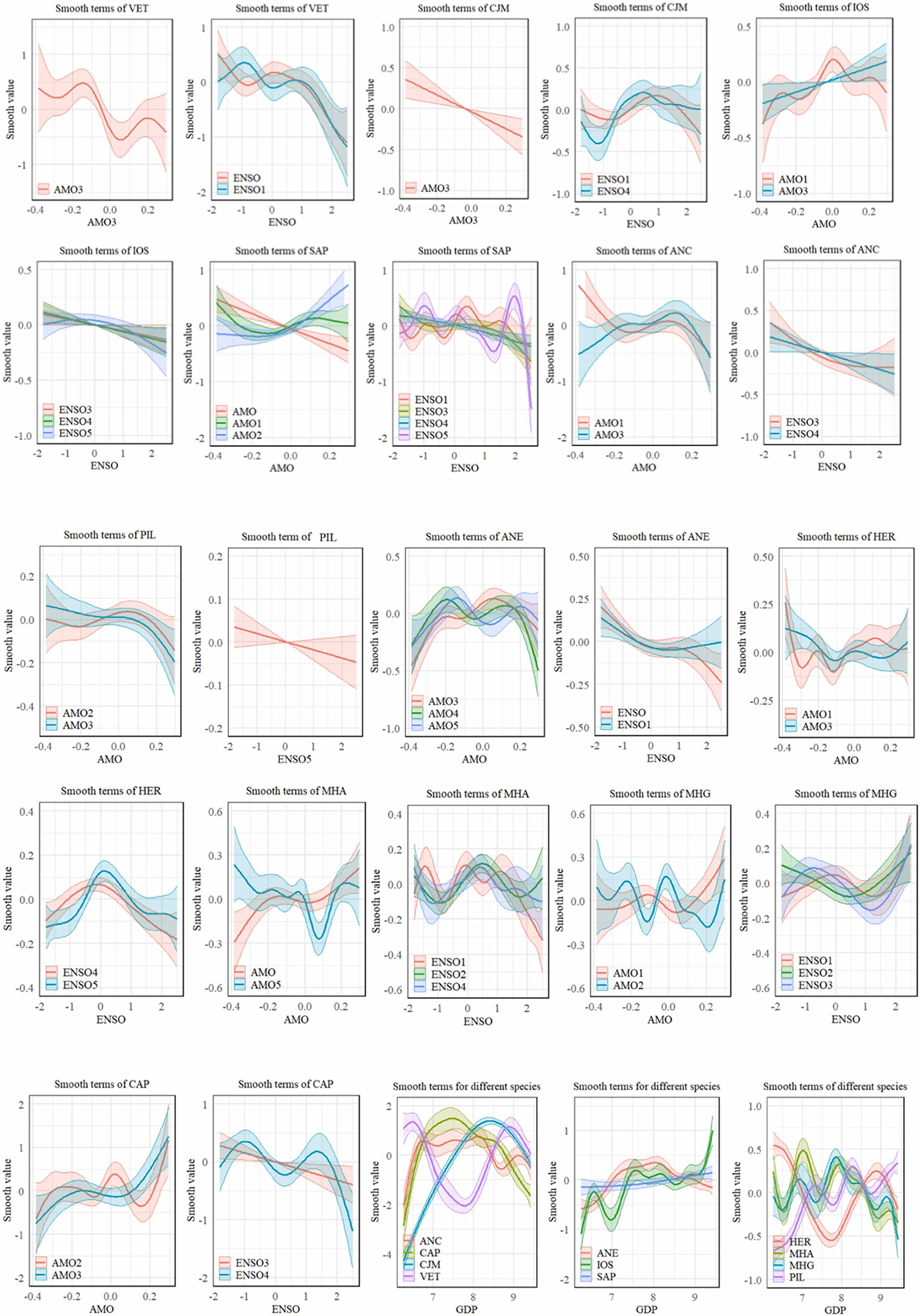
Effects of AMO on small pelagic fisheries
The results of the machine learning analysis indicate that, compared to ENSO, AMO has a larger-scale impact on global small pelagic fish catches. It influences the distribution of heat and salinity in the global oceans, wind fields, ocean circulation, and the thermocline through the Atlantic Meridional Overturning Circulation (AMOC), exerting a cumulative effect across –different oceans, thereby influencing fishing activities and decision-making. Our study reveals that the warm phase of AMO generally exerts negative effects on catches due to increased ocean temperature and stronger vertical stratification, which weaken coastal upwelling systems and primary productivity.
However, certain species – such as Arctic capelin, Atlantic herring, Atlantic mackerel and Gulf menhaden – benefit from the warm phase, indicating the heterogeneous nature of the impacts. The warm phase of AMO also amplifies cyclone and hurricane activity, resulting in increased precipitation and storm events. These climatic shifts influence the distribution and abundance of key fishery species, prompting fishing communities to adapt their target species and fishing areas.
This study highlights the significant impact of ENSO and AMO-driven climate fluctuations on small pelagic fisheries. Both the positive and negative phases of these events have asymmetric, nonlinear effects on fish catches. While most species are adversely affected by the positive phases, extreme negative phases do not always benefit fisheries. Additionally, the delayed effects can result in fishery losses years later. To mitigate these impacts, regions should establish robust monitoring and early warning systems for ENSO and AMO phases. Fishing efforts should be adjusted accordingly, and habitat protection should be prioritized during extreme events. Ecosystem restoration projects can enhance the resilience of marine ecosystems to climate fluctuations.
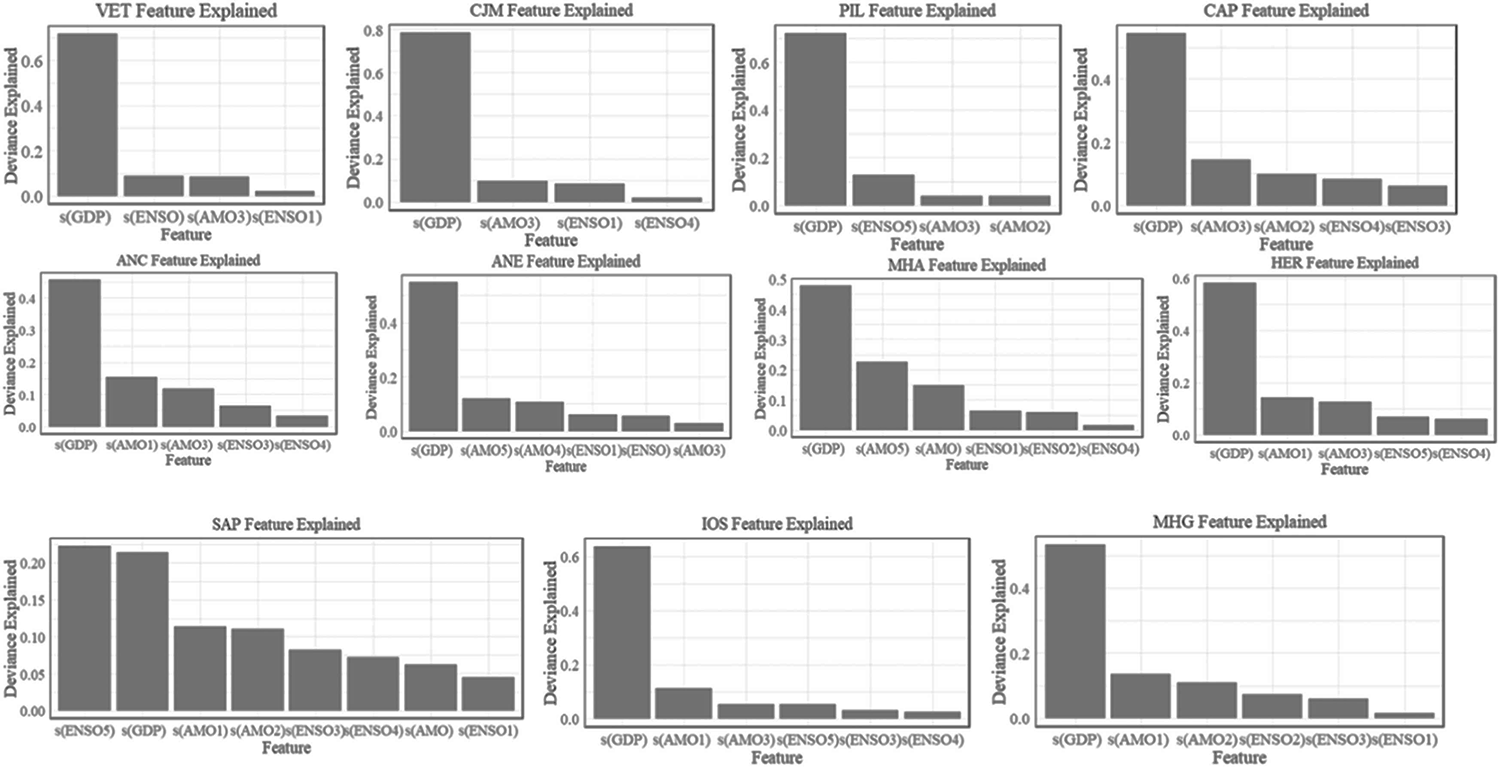
Perspectives
The impacts of climate change and economic development on the catches of small pelagic fisheries exhibit significant species-specific and complex nonlinear characteristics. This variability reflects the socioeconomic conditions of specific regions as well as the different adaptive capacities and ecological requirements of various fish species. The level of economic development plays a key role in the utilization and conservation of fishery resources. While advanced infrastructure and technological advancements improve extraction efficiency, they also necessitate the establishment of a robust fishery management system to tackle the challenges posed by overfishing. Reasonable catch quotas and ecosystem-based fishery management plans are crucial for ensuring the long-term sustainability of fish stocks.
Moreover, different fish species show specific response patterns to environmental changes, with their varying adaptive capacities influencing the extent of catch fluctuations in response to ENSO and AMO. Disastrous events induced by climate change, such as heavy rainfall and hurricanes, further exacerbate these fluctuations by impacting fishing activities. Therefore, the effects of climate change and economic development on fish catches are complex and multifaceted, requiring a comprehensive approach that integrates both socioeconomic and ecological perspectives.
This study provides valuable insights for developing effective fishery management and resource conservation strategies. By understanding the varying mechanisms, we can better formulate adaptive management strategies with dynamic regulation, ensuring the effective protection and rational utilization of fishery resources in different regions, thus maintaining the sustainability of global fisheries.
Future research could focus on identifying regional variations, investigate the migration patterns in the context of climate change, and address issues related to cross-regional cooperation and benefit distribution. Moreover, this study focused only on 11 species. The population fluctuations of other small pelagic fish species, as well as larger fish species, in response to climate change and economic development remain to be explored. The mechanisms through which climate change affect catches can be further investigated from multiple perspectives, including physical, chemical, biological and economic aspects, to develop more refined fishery management strategies.
Now that you've reached the end of the article ...
… please consider supporting GSA’s mission to advance responsible seafood practices through education, advocacy and third-party assurances. The Advocate aims to document the evolution of responsible seafood practices and share the expansive knowledge of our vast network of contributors.
By becoming a Global Seafood Alliance member, you’re ensuring that all of the pre-competitive work we do through member benefits, resources and events can continue. Individual membership costs just $50 a year.
Not a GSA member? Join us.
Author
-
Dr. Ying Zhang
Corresponding author
Institute of Marine Development, Ocean University of China, Qingdao, China; and School of Management, Ocean University of China, Qingdao, China; and Correspondence to: Institute of Marine Development, School of Management, Ocean University of China, Qingdao, China
Related Posts
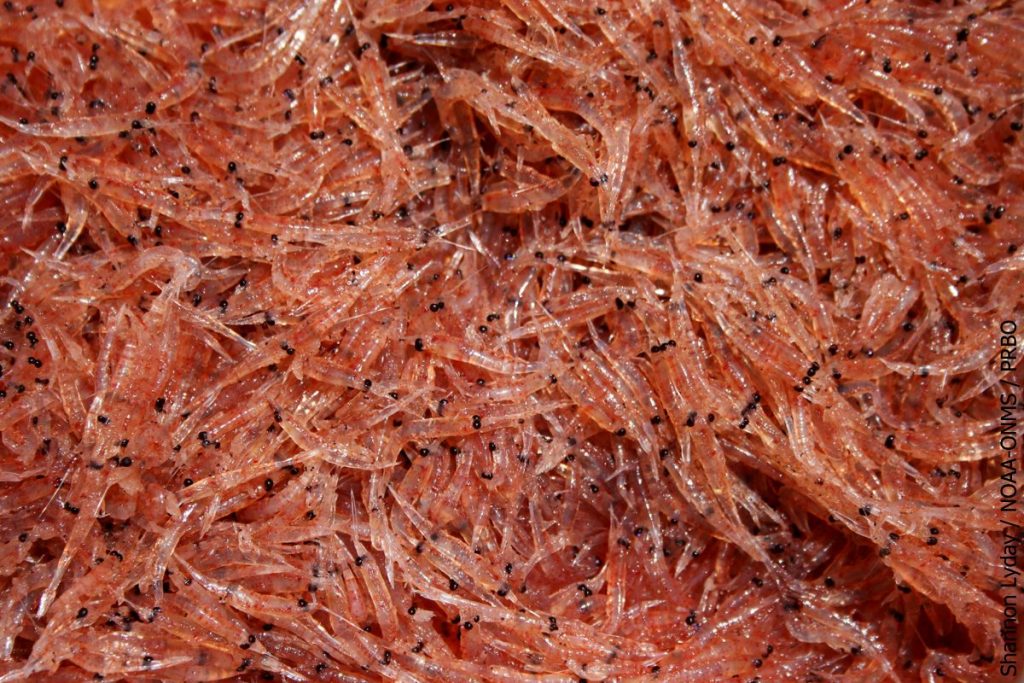
Fisheries
A review of bycatch in the Antarctic krill trawl fishery
Understanding the significance of bycatch is critical to managing Antarctic krill, a keystone species and the largest fishery in the Southern Ocean.
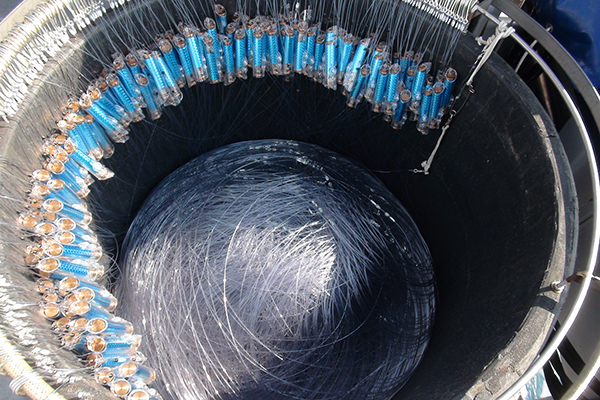
Fisheries
Could an electric-pulsed device help mitigate shark bycatch in longline fisheries?
Research shows that SharkGuard, an electric-pulsed device that attaches to longline fishing rigs, can significantly reduce shark bycatch.
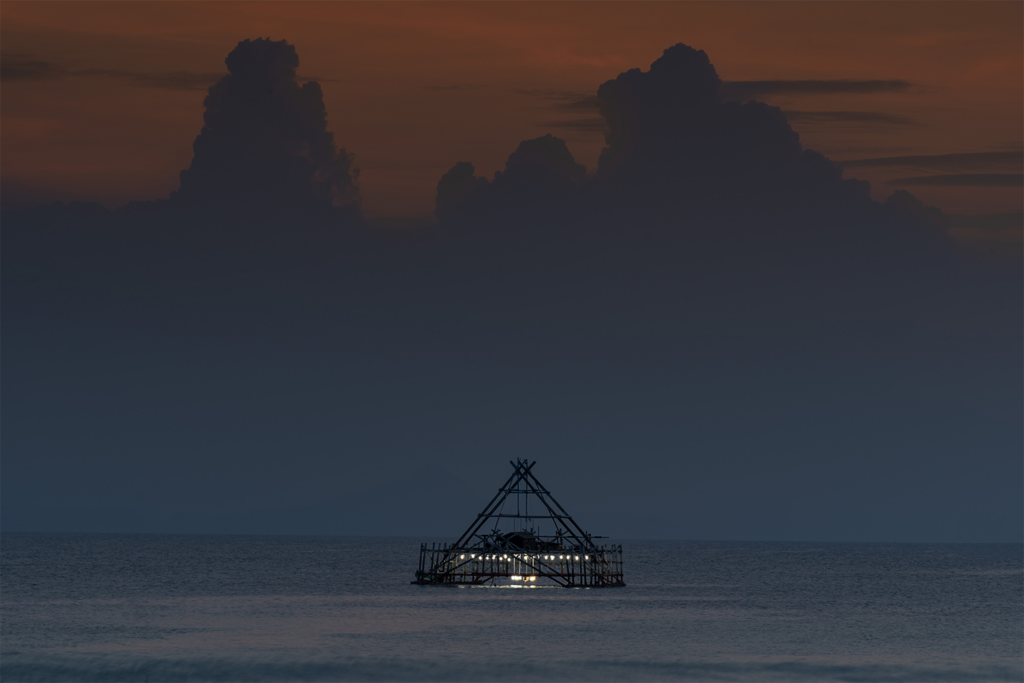
Fisheries
Fisheries in Focus: What are fish aggregating devices and why is there debate about banning them?
Use of fish aggregating devices increases fishing efficiency but can potentially increase bycatch and ocean pollution if FADs are lost or abandoned.
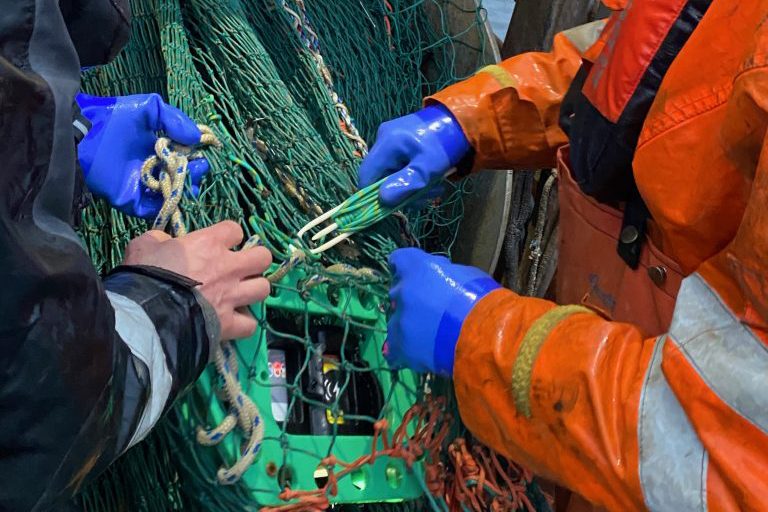
Fisheries
‘A world down below’ – Deeper fishing insights lead to better tools for bycatch reduction
High-tech bycatch reduction devices – data analytics, cameras and sensors – are in play but SafetyNet Technologies says the secret is collaboration.



